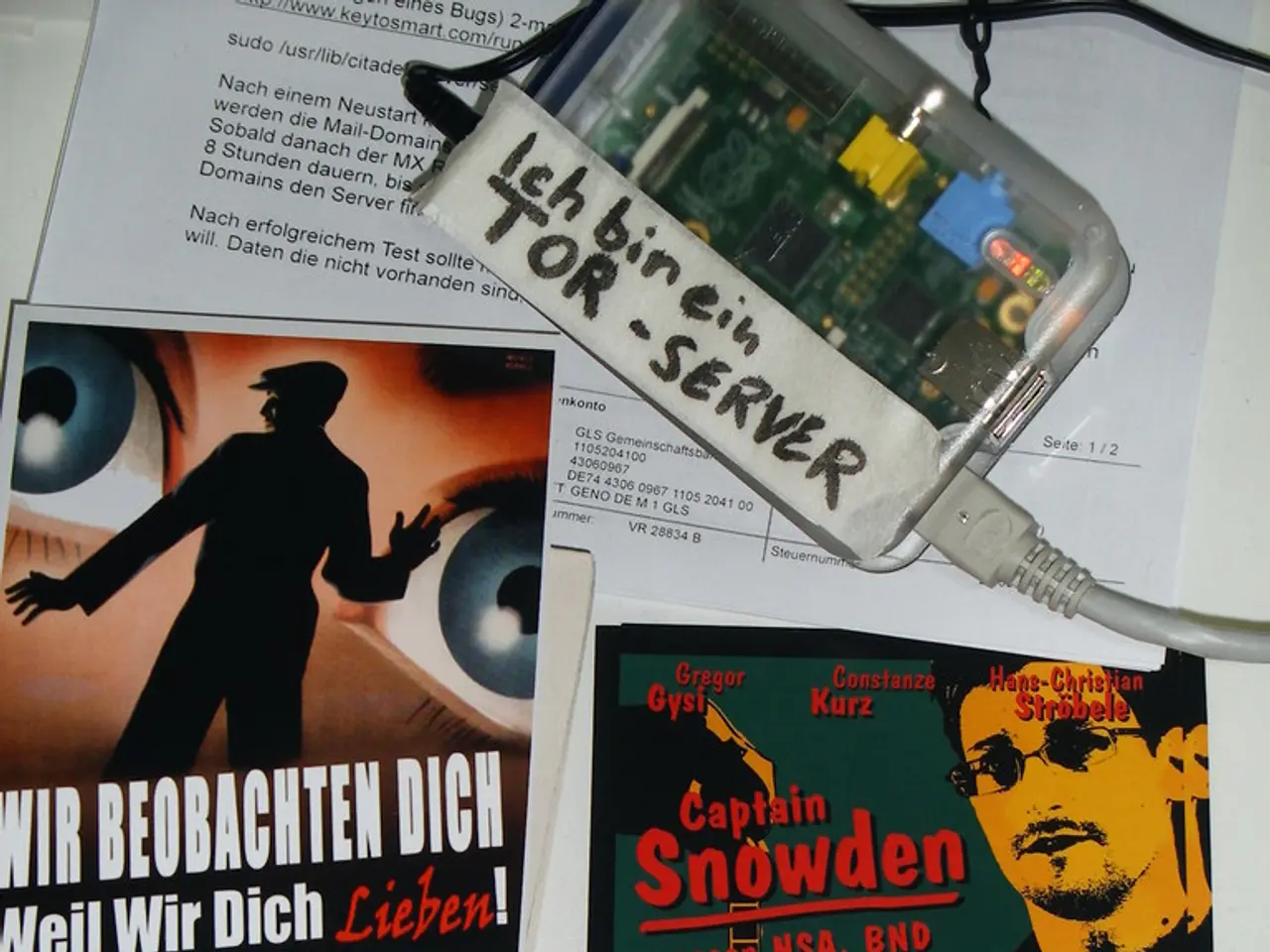Impact of Impedance on Signal Integrity in Printed Circuit Boards
In the realm of printed circuit board (PCB) design, impedance discontinuities in vias can pose a significant challenge, particularly in high-speed applications. These discontinuities, arising from the physical structure of vias and the difference in impedance between the via barrel and the surrounding PCB material, can disrupt signal integrity at high frequencies.
To address this issue, engineers can employ several strategies.
Firstly, minimizing via usage can significantly reduce the impact of impedance discontinuities. By keeping the number of vias to a minimum, engineers can limit the impedance changes introduced by these components.
When vias are unavoidable, techniques such as back-drilling or buried vias can help reduce their impact. Back-drilling removes the unused portion of the via barrel from the signal path, thereby reducing the capacitance and inductance associated with vias. Buried vias, on the other hand, are not visible from the surface and maintain signal integrity by avoiding stubs and minimizing impedance changes.
Microvias, smaller vias with less inductance, can also be used strategically to minimize impedance discontinuities by keeping transitions short and reducing the overall impact on signal integrity.
Optimizing via placement is another crucial factor. Vias should be placed such that they do not create unnecessary impedance changes. This includes avoiding vias in high-speed signal paths whenever possible and using vias only when necessary for layer transitions.
In addition to these strategies, implementing coaxial via structures and placing ground vias close to the signal via can help reduce the negative impacts of impedance discontinuity in high-speed applications. The ground vias form an inductance loop between the signal and ground vias, aiding in establishing a proper return path.
The importance of via impedance lies in its effect on signal reflections at high frequencies, impacting controlled impedance and board functionality. To measure impedance discontinuity in a via, traditional methods like Time Domain Reflectometry (TDR) can be used, measuring the reflections caused by impedance variations.
By implementing these strategies, engineers can effectively mitigate impedance discontinuities in PCB vias, ensuring better signal integrity and overall performance of the printed circuit board. Tools such as Sierra Circuits' Via Impedance Calculator can be used to compute via impedance, capacitance, and inductance, aiding in the design process.
It's worth noting that parasitic inductance in vias can affect the efficacy of bypass capacitors and the filtering capacity of the entire power supply system. Therefore, understanding and managing via impedance is crucial for optimal PCB performance.
Engineers can utilize technology like the impedance calculator in data-and-cloud-computing to calculate the impedance, capacitance, and inductance of vias, aiding in the efficient design of PCBs with controlled impedance. Employing coaxial via structures and placing ground vias close to signal vias can help reduce the negative impacts of impedance discontinuities on high-speed applications.




